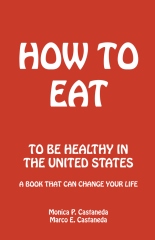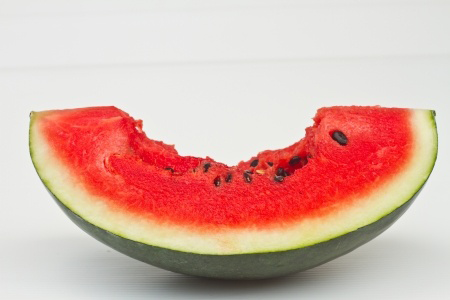
If you want to be a healthy vegan, you need to learn how to balance a diet that tends to be low in mineral content.
There is no question that most people would be better off not consuming any conventionally produced animal meats, eggs or diary. From the feed animals are given, to antibiotics and hormones, and the inhumane way in which they are raised and slaughtered, there are a myriad of reasons to become vegan based on health and moral concerns.
However, many vegans I have known personally, or know of, ended up becoming seriously ill after decades of swearing by their eating style.
Take the famous example of the Vegan Blonde, now the Balanced Blonde, who had her period stop, among other health problems, as a consequence of eating a strictly vegan diet. She tells the story of buying some salmon in a Macrobiotics store in hiding, and eating it in secret, and getting her period back the next day.
Ailments that I have seen in my long term vegan and vegetarian friends include: osteoporosis before the age of 50; degenerative arthritis of the spine; muscular weakness, and multiple sudden dental problems.
However, I also have known people who have been vegan for many years and are very healthy and strong. The difference? Sugar control and greens.
Sugar leeches minerals from the body, starting with the muscles, and eventually teeth and bones. When you take out the foods that most highly contribute minerals to a nutritional plan, you also need to take out foods at the other end of the spectrum, so that your diet does not become unbalanced. This means saying goodbye, forever, to refined sweets, and seriously controlling all sugars, including those coming from fruit.
In other words, the only long term healthy vegans I have met have restricted sugars to the point that they only consume water melon and cantaloupe once per week during the heat of summer, and cooked apples, pears or apricots in the winter, also no more frequently than once a week.
They also considerably increased their consumption of dark, sturdy leafy greens: mustard greens, collard greens, bok choy, and turnip greens, which are high in their mineral content.
My successful vegan friends also removed from their diets any foods remotely related to the night shade plant, including potatoes, tomatoes, and eggplant.
Our family does consume some animal protein, raised humanely and with organic feed, or harvested responsibly from the ocean. We do this, because we want to enjoy occasional treats and tropical fruits.
However, because we have had so many friends who are or were vegan or vegetarian, when we wrote the book How to Eat, we included the vegetarian and the vegan food pyramids, excluding all the foods that would create imbalance in them.
CHECK OUT OUR BOOK







